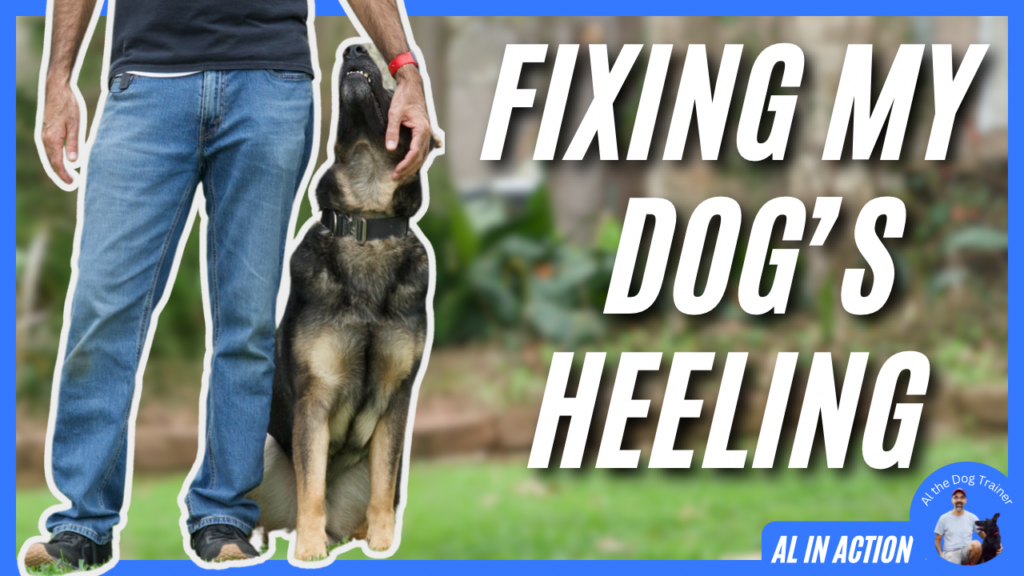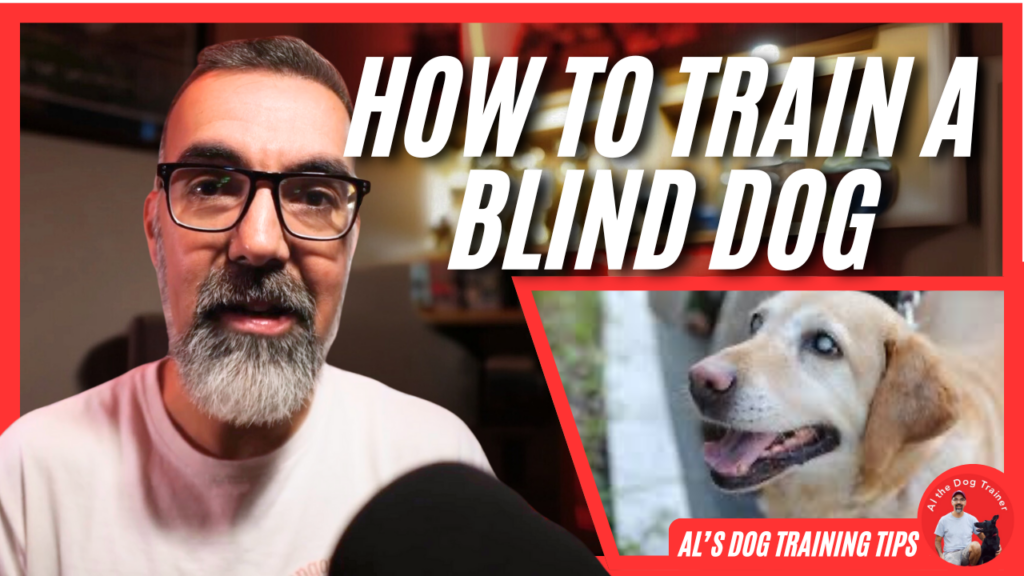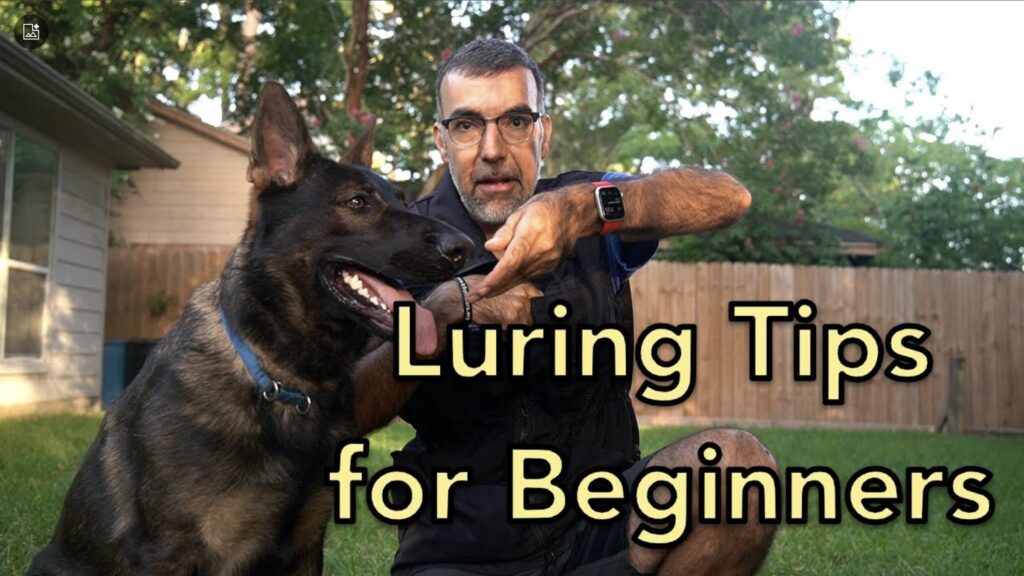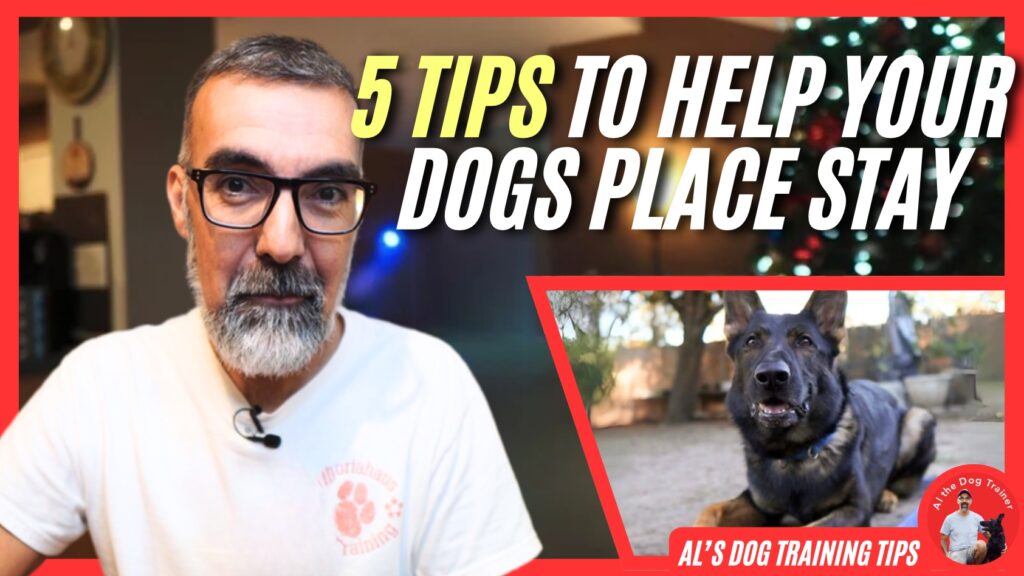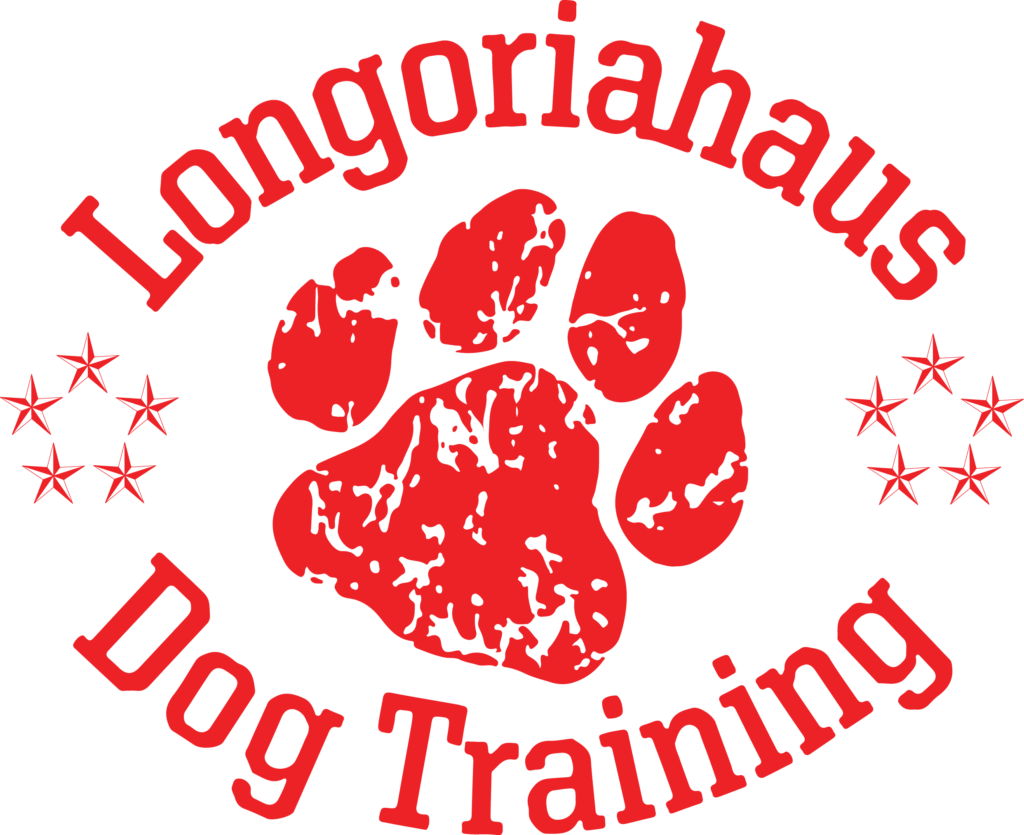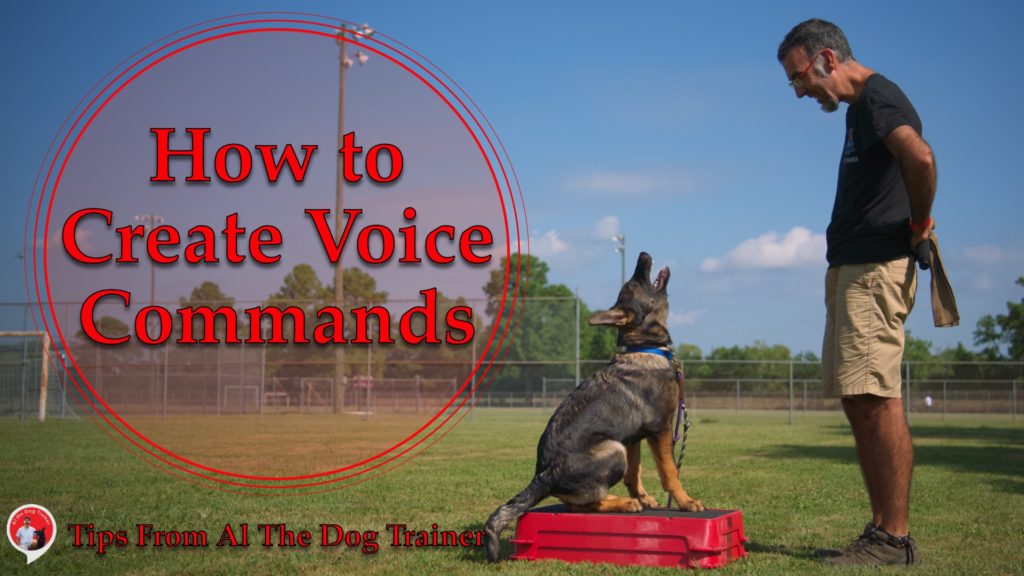
The topic today is how to create voice commands. The mighty voice command. The thing that will magically get your dog to do the thing that you want them to do. Without you having to lift a finger. I want to walk through the process of how you can go from a dog that doesn’t understand anything that you say, to a dog that will do what you say when you want them to under any circumstance.
In the very beginning, your dog is looking at your body language. Looking at how you use the leash and definitely using its nose. If you’ve got food involved, they are trying to determine when am I going to get the reward? And when is the leash going to go loose? They’re not really listening to the words you’re saying, but they listen to the tone. They listen to the pitch and the rate of speech. They’re not really trying to pick out the actual meaning of the words.
Labeling Phase
That’s where they are really heavily relying on those nonverbals that I talk about. So if you have a new dog, you are in what I call the labeling phase. The labeling phase is where you’re using your leash, your dog’s food, and the movement of your body. Then labeling the different actions you want your dog to take.
Okay, let me give you an example of labeling something. Let’s say that you’re moving with your dog. You’re moving with a purpose. The dog is on your left-hand side, and you want to stop and heel. When those conditions start to be met, you would say the word “heel” one time. Immediately after that, the leash pressure would turn off, and it would begin to receive its reward. The two things that your dog is looking forward to the most.
Now, I have to mention that if you’re not using a leash, it’s okay. You don’t have to use a leash because the dog will look for the moment that it can get access to the food. You can use both techniques, food, and leash, or you can use one or the other. But you’d still need some reinforcer after the fact.
So labeling, again, is when your dog is doing the action you want them to do, and you say its name one time.
Let me give you another example. You’re moving with a purpose. The dog is on your left-hand side, and you have an elevated bed that you want your dog to get onto. As your dog gets onto the bed, you would say, “Go to your bed.” This is the first phase, the labeling phase. After that, the cessation of any pressure that you had on the dog coming down. It would come down their leash and their collar and then you administering their reward. I feel that most people rush past this really quickly.
Messy Middle
Okay, so what’s the next phase? Well, the next phase is where your dog is starting to anticipate what you are telling them to do. They are listening because they’ve started to learn that you do talk and that there’s some timing involved that. You’re not just blabbering away all the time. So you would still be having some body language, but your dog would hear the word and start to guess about what it is that you want them to do.
This might be where they begin actually to know what it means. But they might get it wrong sometimes, and they might get it right. This is really the messy middle because your dog shows some aptitude for it, but they will show that they can quickly get distracted if anything new comes into the environment. This is a phase that most people get stuck in and the one that you really want to work diligently to work your way out of. How do you do that?
The way to get out of the messy middle phase is by staying consistent in your techniques and taking the dog through a variety of situations where you’re asking them to do the solution for the problem that you’ve presented them.
Do It Regardless Of The Consequences
If you can get through the labeling phase and get through this middle phase, you can begin to arrive at the phase that I was talking about. Where you give a voice command, and the dog does it. You’ll start to see it at first when there are no distractions, that your dog is very good at doing this thing.
But to finish this last phase, you want to make sure that you take your dog into many different environments and make sure that they can do the same thing. But in the toughest of situations, I like to see a lot of mastery close to home before I really start to push the dog into the newer environments.
So you have the labeling phase. You have the phase for the dog may know what you want them to do, and then you have the phase where they do know what you want them to do, and they will do it regardless of what the consequences are.
How long should this take you?
It really varies from dog to dog, but I feel that if you’re practicing on a daily basis with your dog. You really want your dog to be able to do this in various circumstances; I feel that you can teach the dog to walk on a loose leash, stay down, sit, and come in many environments. If not all many environments in about a year to two years of practice, that doesn’t mean that you won’t be good at home.
There are some situations when you go outside your home, outside your neighborhood, where your dog’s attention will be challenged. And your attention and your ability to deploy the techniques will be challenged as well.
I hope that was useful. Remember, you can always go to my YouTube Channel for more tips or find them right here on my website www.longoriahausdogtraining.com.
Happy Training!

